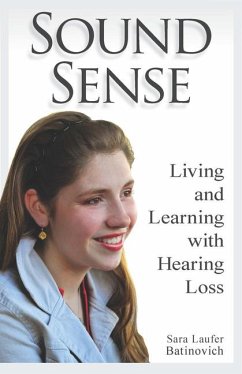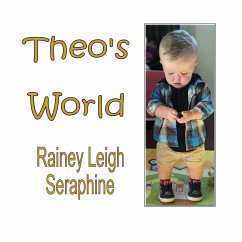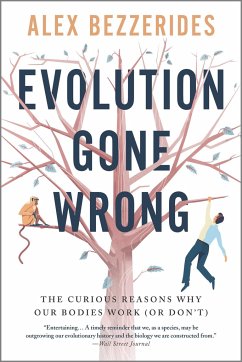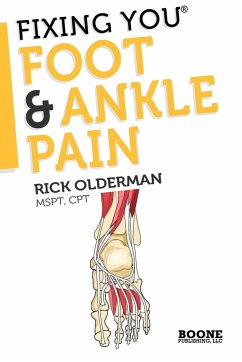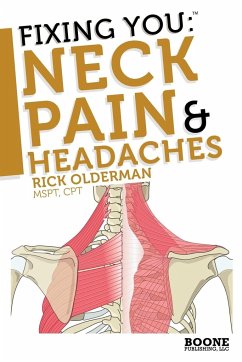Nicht lieferbar
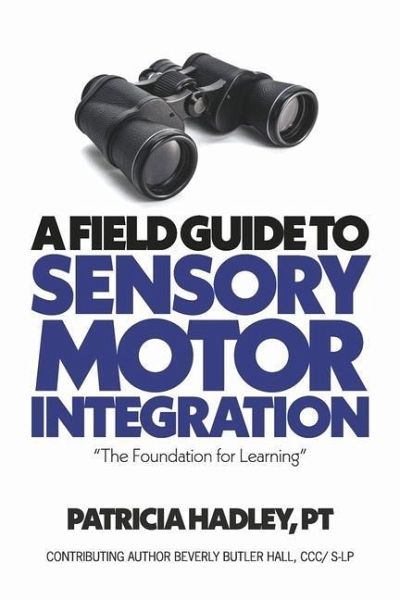
A Field Guide to Sensory Motor Integration
The Foundation for Learning
Versandkostenfrei!
Nicht lieferbar
Do You understand the children on your caseload ? In your classroom? Or in your home ? Why can't they sit still? Why do they tuck their feet behind their chair's legs? Why can't they remember what they just read? Why do they move their head when they read ? >Like a gyroscope, our vestibular system communicates with our central nervous system (the instrument panel) to give us critical information to process where we are in space. When in good working order, we know if we are moving fast or slow, are upside down or right side up, and the direction we are going. With the many connections of the v...
Do You understand the children on your caseload ? In your classroom? Or in your home ? Why can't they sit still? Why do they tuck their feet behind their chair's legs? Why can't they remember what they just read? Why do they move their head when they read ? >Like a gyroscope, our vestibular system communicates with our central nervous system (the instrument panel) to give us critical information to process where we are in space. When in good working order, we know if we are moving fast or slow, are upside down or right side up, and the direction we are going. With the many connections of the vestibular system to the rest of our sensory and motor systems, we can regulate internally, appreciate and modulate sounds, touch, and hearing as well as move correctly for the task presented. If our vestibular system is not working as it should, then our instrument panel connections ( our central nervous system) may give us faulty information. We may not correctly interpret sensory information, movement requirements and have errors with resultant responses. This filed guide gives explanations of our "human gyroscope" and the connective links to the foundations of development. Presented are insights into the "what, why and how" questions posed from therapy practitioners, teachers and educators, medical personnel, family members, and caregivers who work with or live with individuals who have motor, educational, and sensory challenges and delays. Patricia Hadley, P.T. and Beverly Butler Hall, M.ED, CCC-SLP present tools, strategies and perspectives to help you "connect the dots."




